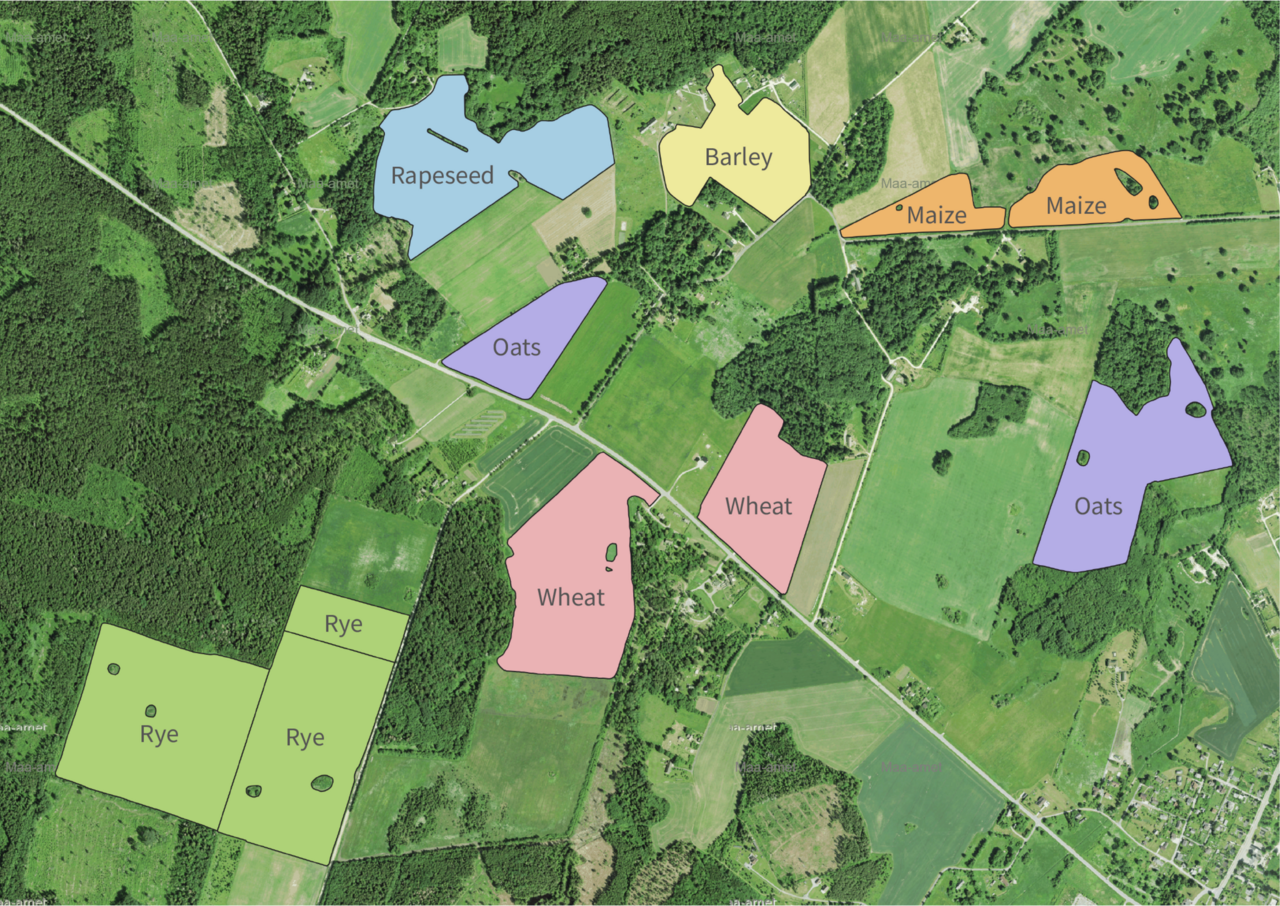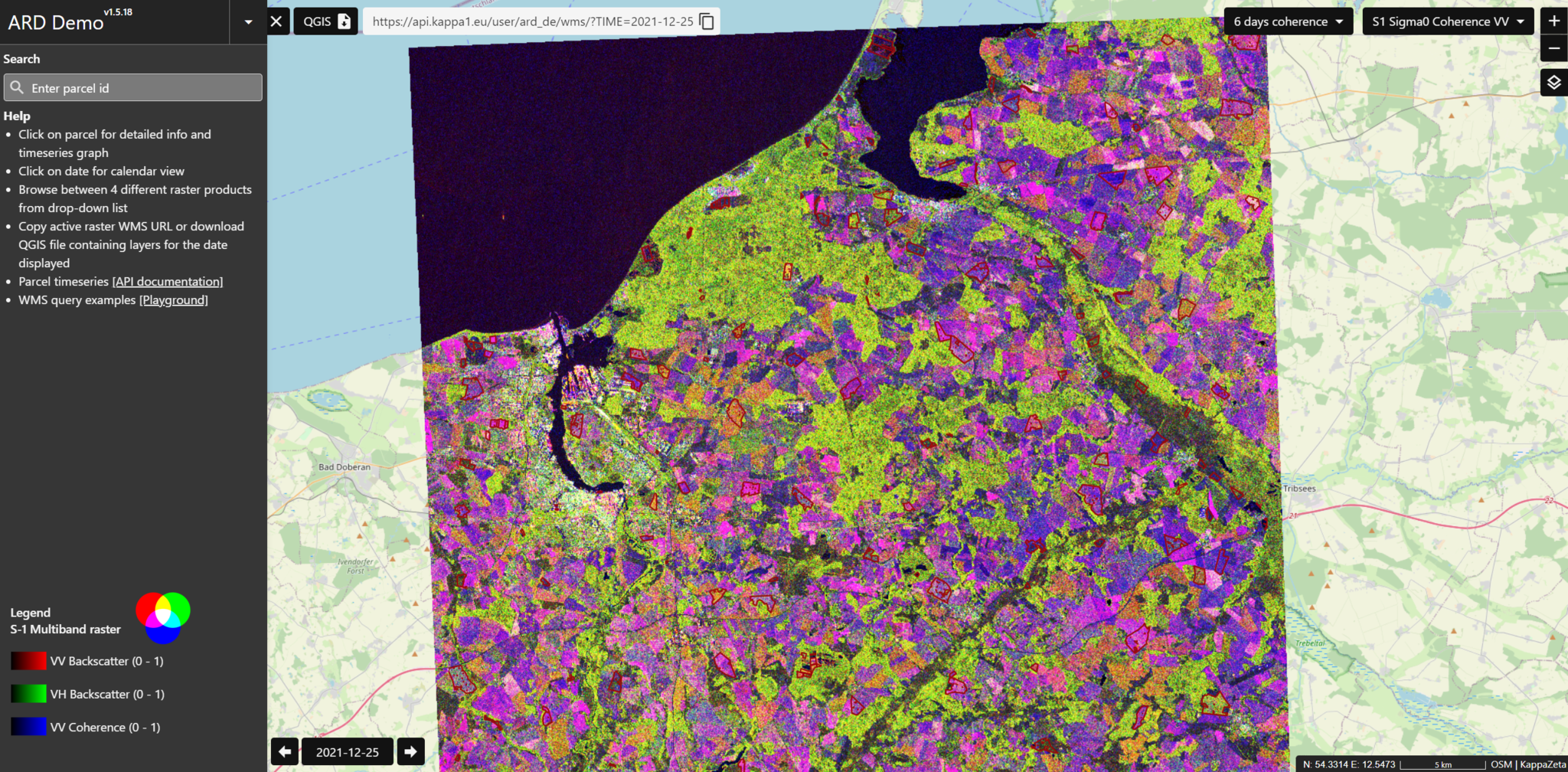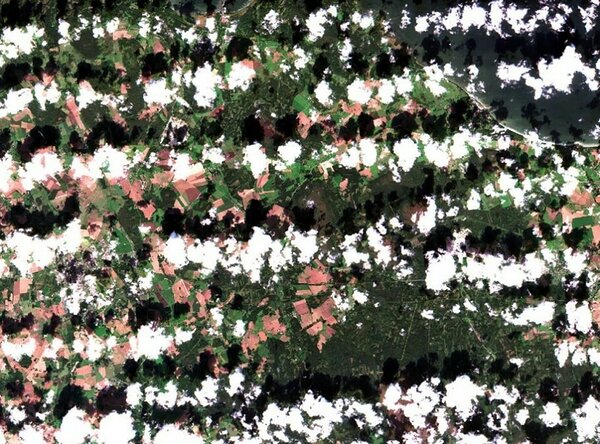Blog
●
Latest Post
Exploring the Significance of Open Landscape for Trafficability Mapping
In March 2025, four U.S. military soldiers taking part of the excercise in Lithuania encountered an unfortunat...

June 05, 2025
How to Procure Earth Observation and Machine Learning Services Effectively

June 05, 2024
Detecting tillage intensity from space

January 31, 2024
Five new satellite analytics tools for agriculture

September 20, 2023
Adventures in the realm of Synthetic NDVI

February 08, 2023
SNDVI: Synthesized NDVI (from SAR)

December 28, 2022
Make the globe cloud-free with KappaMaskv2

November 02, 2022
Handling speckle noise on SAR images

May 17, 2022
Why do we need Sentinel-1 data service?

October 19, 2020
Free and open AI-based cloud mask for Sentinel-2

October 16, 2020